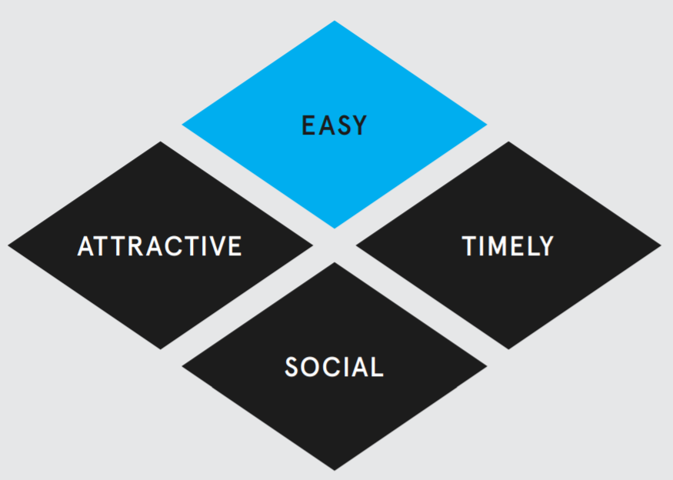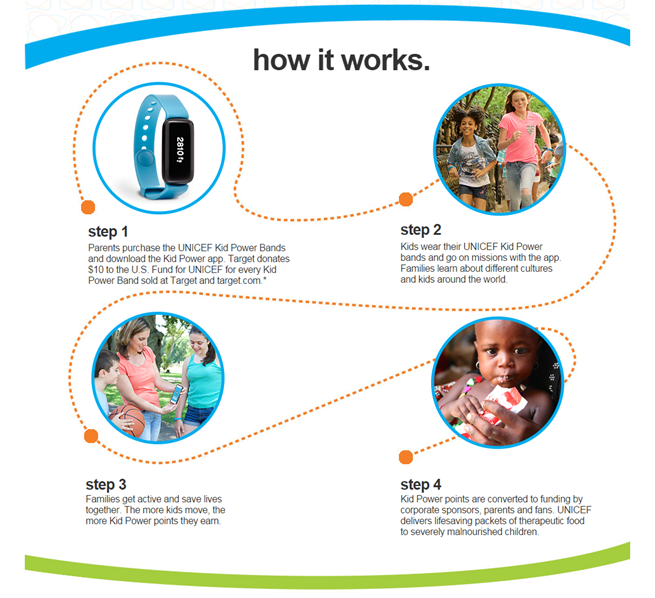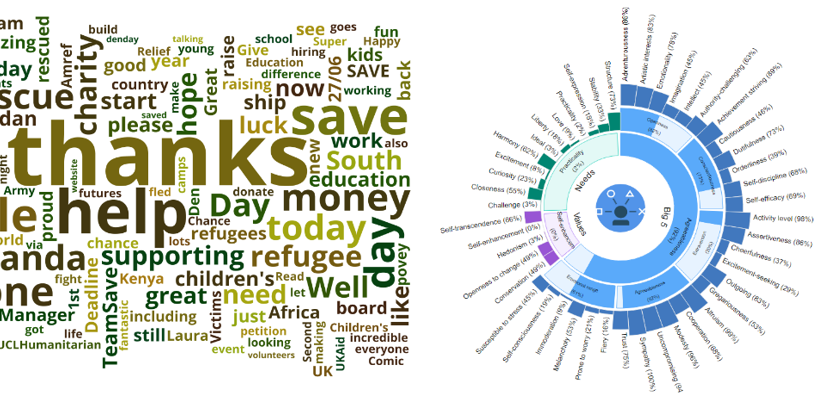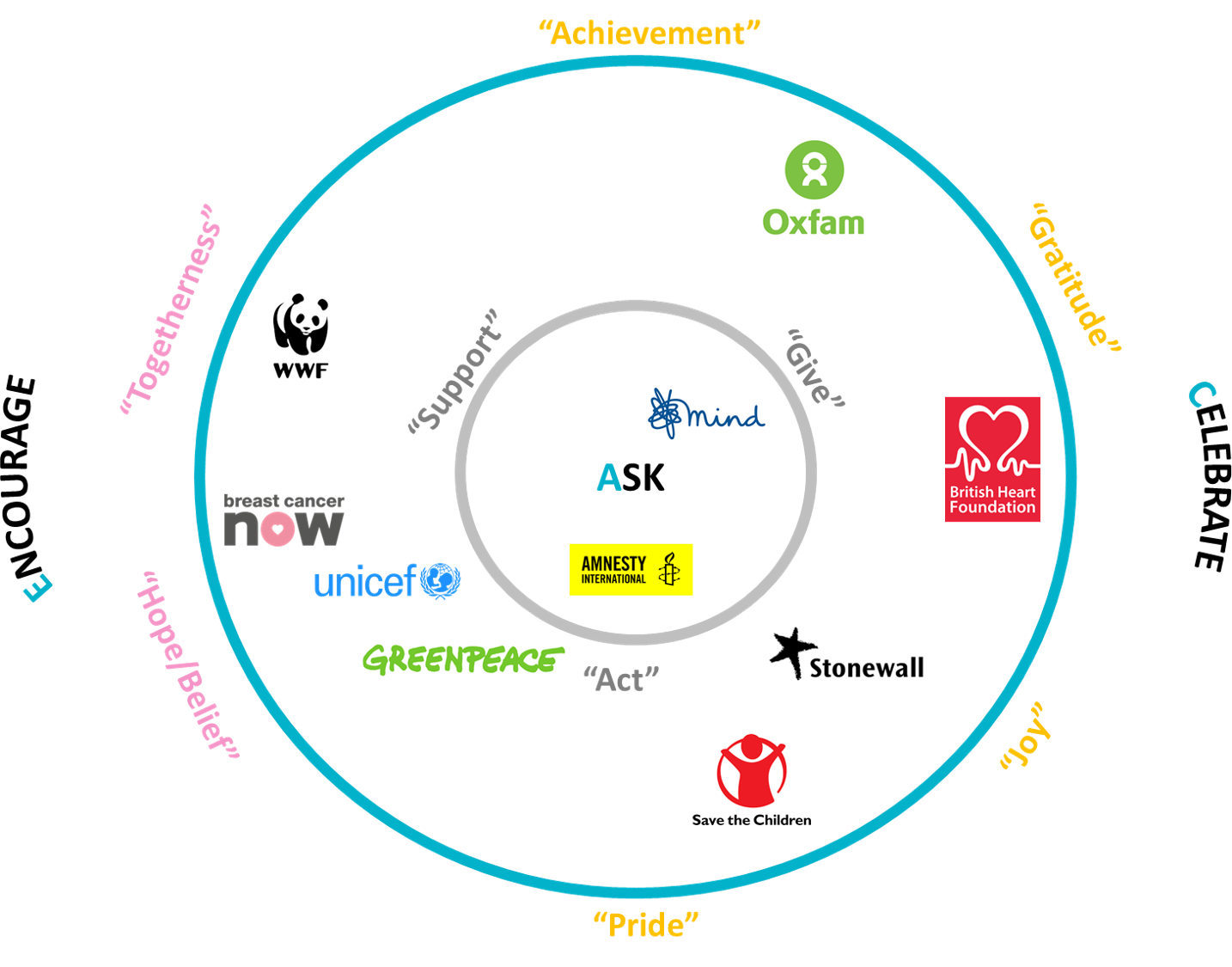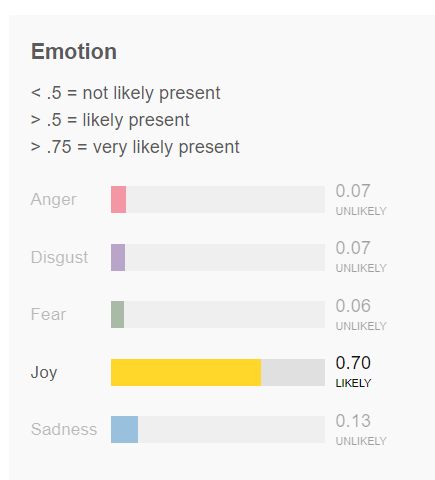Dame Carolyn McCall, current CEO of easyJet, and former CEO of the Guardian, where I had the pleasure of working with her, is believed to be the frontrunner for the top position at ITV. Lucky, lucky ITV. McCall, one of only four women in Glassdoor’s Top 50 CEOs rated by UK employees, has not only turned-around easyJet’s profitability, piloting it into FTSE 100, but has also greatly improved employee morale.
McCall, whom rival Michael O’Leary dismissed as “media luvvie”, has re-assured staff that they were not about to turn into “orange Ryanair” and was often seen on-board a flight chatting to passengers and crew. Rated 4.1 out 5 on overall employee satisfaction on Glassdoor, easyJet is now one of the Best Places to Work in the UK, above British Airways (2.9), Eurostar (3.6), Virgin Atlantic (3.1) and certainly no one’s luvvie Ryanair (2.3).
So how much does satisfaction with Senior Leadership influence employee morale (and therefore, productivity, retention and ultimately, bottom line)? An awful lot, and I have data to prove it. Glassdoor collects real-world data by asking employees to rate: senior management, pay & benefits, career progression, culture & values and work-life balance. It also asks people to submit an overall satisfaction score and agree/disagree whether their employer’s business outlook is positive.
I ran regression analysis on Glassdoor’s UK data to determine what influences the overall satisfaction score. The top predictor of employee satisfaction was 1) Senior Leadership, closely followed by 2) Culture & Values and 3) Career Opportunities. Work-life Balance mattered much less, and Pay & Benefits were a minor contributor to the overall level of satisfaction.
And this is the formula, ta-da:
Overall Satisfaction = 0.19 + 0.29 x Senior Leadership + 0.26 x Culture & Values + 0.23 x Career Opportunities + 0.13 x Work-life Balance + 0.11 x Pay & Benefits
As you can see Senior Leadership matters. Yet, it has the lowest satisfaction score out of all factors: 3 out of 5.
Organisations need to create a positive culture and strong set of values that senior managers embody and promote, and that employees share and get behind. According to previous studies, people generally feel happier at work when they can see that their work is benefiting others. People who felt their jobs really benefited society were much more likely to be happy at work: 59%, compared with the average of 38%.
As for pay, even Adam Smith, writing more than 250 years ago in The Theory of Moral Sentiments said that material gains often make us less happy, not more. However, it doesn’t mean that employers can get away with not paying people their worth or luring unpaid interns to enjoy “great company culture and free beer”. Although not the most important driver of employee happiness, pay is still a statistically significant contributor to the overall score.
Worth noting, that employer’s business outlook was insignificant in my regression model, and therefore, did not influence employee happiness at all. So, when companies assume that staff derive pleasure and satisfaction just from working for a profitable business, they are wrong, unless the benefits of being profitable translate into opportunities for employees or shared with the wider society.
Interesting that not a single charity appears in Glassdoor’s Best Places to Work. Charities, which by default are purpose and values driven and generally offer good work-life balance, need to pay more attention to career progression and pay & benefits, which are rated significantly lower vs. the private sector.
As for myself, I’ve never been happier, echoing a well-known fact that self-employed people are most satisfied. In employment, I was the happiest at the Guardian, which offered the best of two worlds: great values & culture together with good pay and career progression. As for Senior Management, here is an anecdote for you. I remember washing my hands in the Guardian’s toilets, when then CEO Carolyn McCall asked me why I sighed and if she could help. I said it was a minor concern, not to worry, it’s just annoying how environmentally-unfriendly were all those paper towels. McCall said to consider them gone. They were gone.


